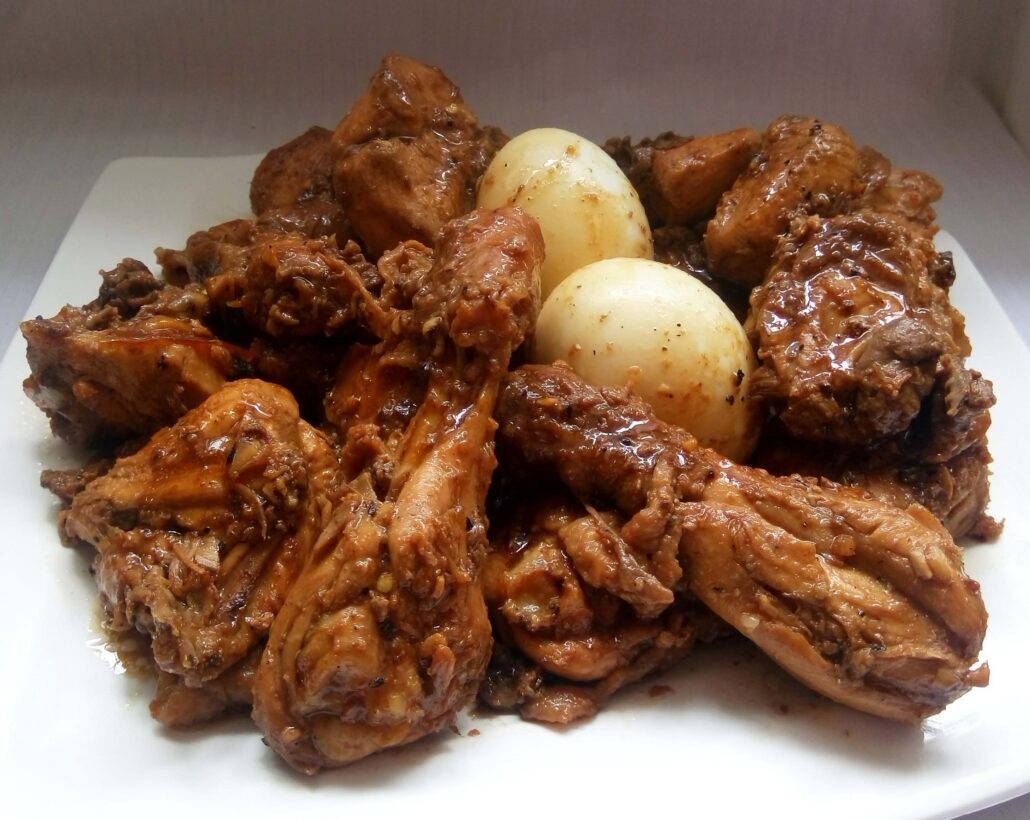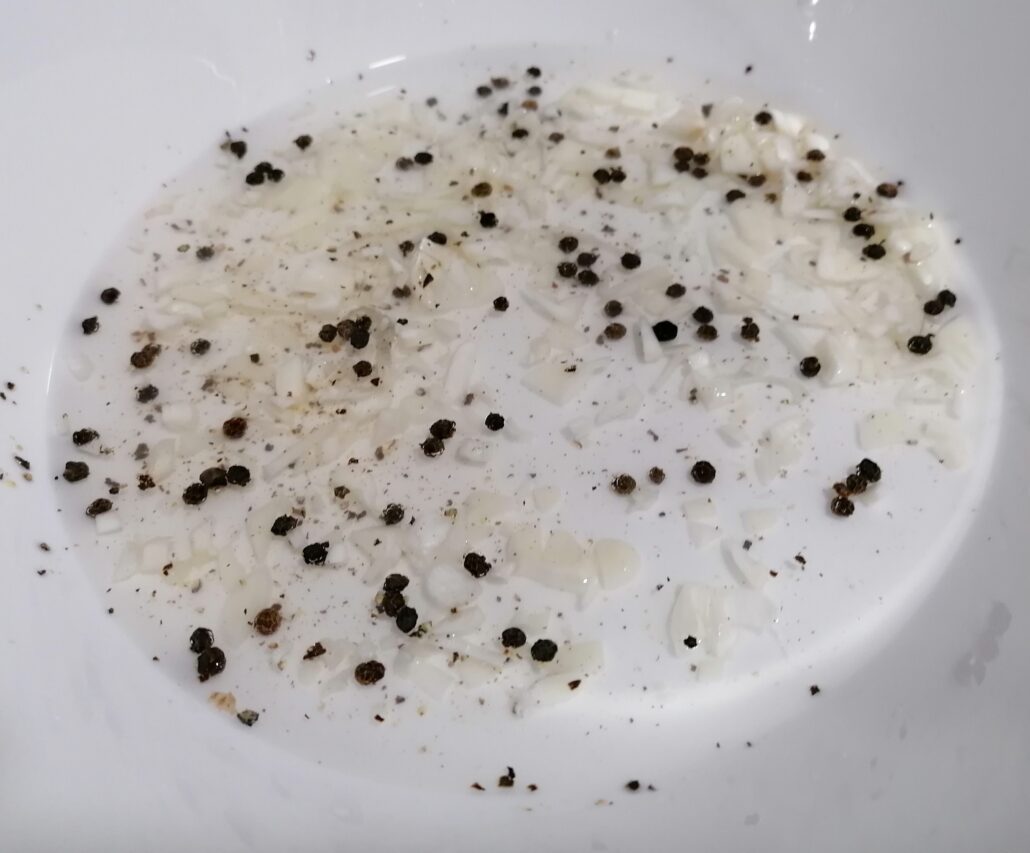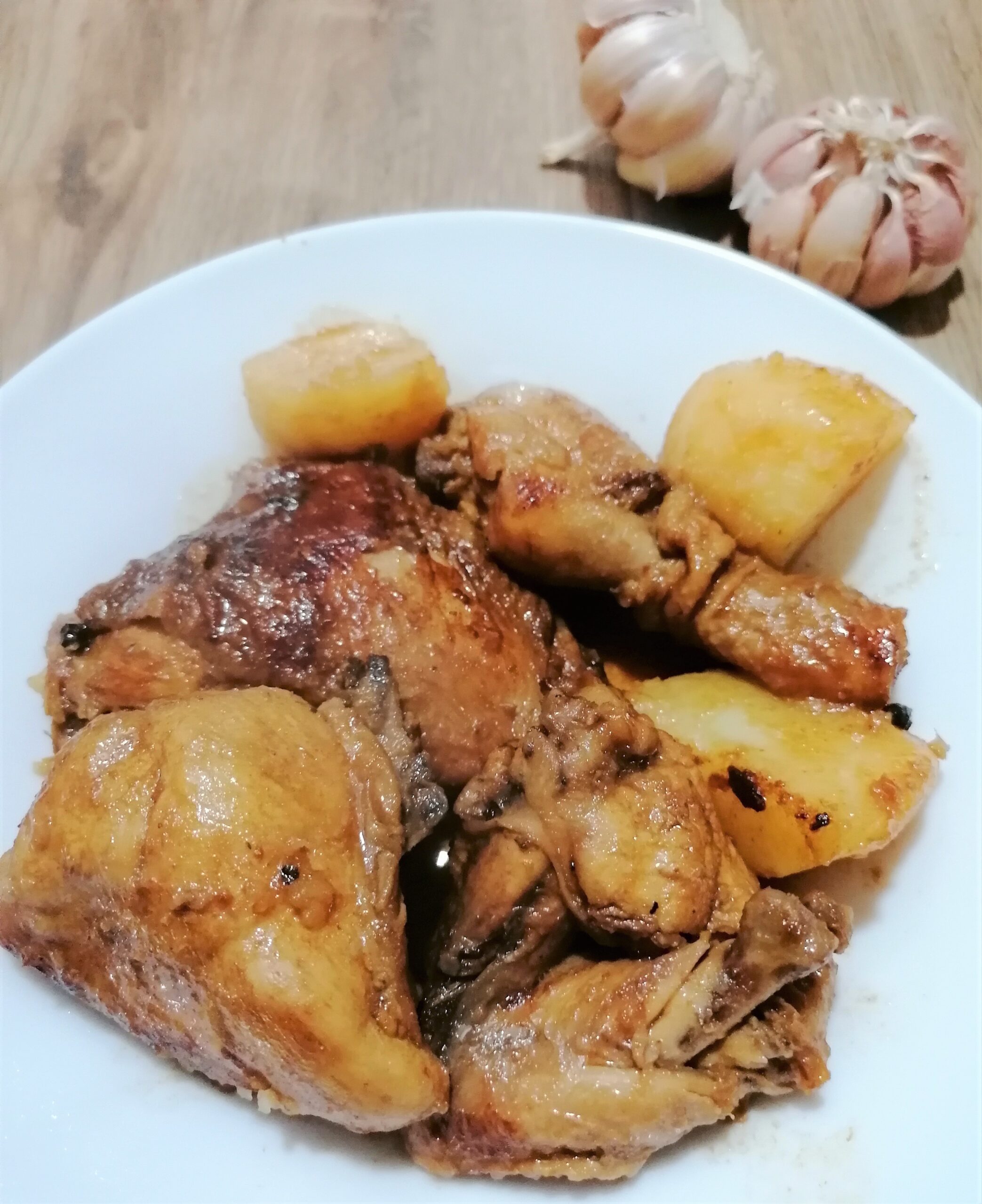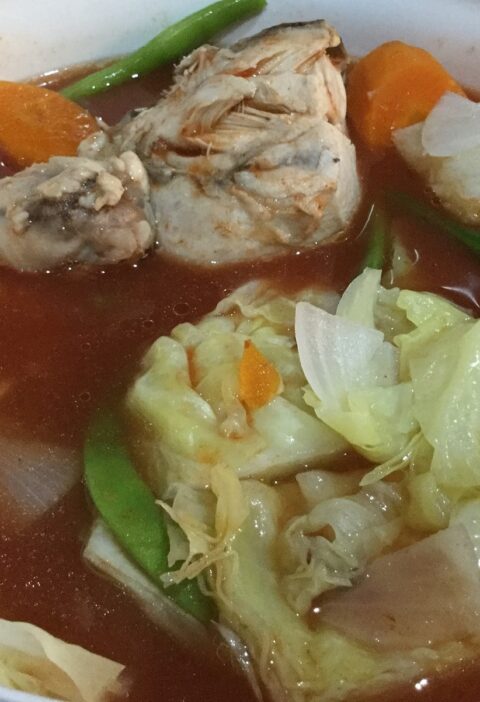Filipino Chicken Adobo, Intensely from Saudi Arabia
“Can I ask for a favor, please?” She is not a complete stranger. I see her almost every day at work, but we do not belong to the same department.
“Sure, if I can,” I replied. Being asked for favors makes me feel special – sometimes.
“I cooked chicken adobo this weekend, and I did not seem to have gotten it right.” She declared quite curtly. She is a Saudi; that kind of gave her away. The same thing I experience with the local “chicken kapsa,” I thought. So, I immediately understood her apparent dilemma.
I have to admit that her confession was pleasing, her smile even more pleasant. I knew what she meant; I already knew what she wanted. Yes, that’s what she came to my little office for: my chicken adobo recipe, a Filipino dish that is undeniably Filipino.
I told her that I would give her Inang’s tips. I continued that Inang is my mom. She smiled again, and this time, I could see the excitement in her eyes.
“Do not stir the ingredients after you put the vinegar until after it boils,” I said.
“Oh my God! I was stirring the contents repeatedly!” she exclaimed.
“Is that basic?” she continued.
“I am not sure, to be honest, but it’s a mortal sin for my mom to stir anything she cooks that has vinegar before it boils. Even if we were to use lemon juice, the same rule.”
“Lemon? I can use lemon?” she almost jumped. From her eyes, I could tell that she likes chicken adobo and if I am not mistaken with my quick assumption, she had tried cooking it more than once.
She said that using lemon as a replacement for vinegar is another good news, and she thanked me profusely. Lemon is a good replacement for vinegar, especially here in the Middle East, where quite a number of locals are not vinegar-enthusiasts; besides lemon is more available here.
We continued to talk about adobo. However, we probably were shy to ask each other for our names. Mine already shows on the template by the entrance of my little cubicle. “I need to drop by her office one of these days,” I said to myself. I did, she has a beautiful name.
I am featuring Inang’s adobo here. The same recipe I gave my Saudi lady colleague. Inang calls it “dry” because the end result is indeed dry except for traces of oil and soy sauce. If you are a fan of adobo sauce, don’t be discouraged. You can still use this recipe; the only adjustment would be the amount of liquid ingredients.
Many versions of adobo can come from this recipe with little changes in the amount or number of ingredients.
Here are a few reasons for anyone to adjust the amount of ingredients and/or seasonings:
“It is sour.”
“It is sweet.”
“It is sweet, sour, and something.”
“It has some ting! Yes, I said “ting.”

What is adobo?
You can adobo any meat, fish, or shellfish. They are cooked in vinegar, soy sauce, salt, black peppercorn, and garlic. Theat is the most basic. The most popular adobo uses chicken, so the familiar name “chicken adobo.” There are several variations for adobo depending on which part or province in the Philippines the recipe comes from. I came across a book published in 2004 in the Philippines that has different adobo versions from different parts of the country. It is an interesting read, and the recipes were worth trying. The recipe I am giving you here, though, is the one from my mom, whom as you may already know we tenderly called “inang.” Her version of this recipe also appeared in the book “there is no oven in Inang’s kitchen.”
Ingredients of dry chicken adobo
Vinegar is the most discerning ingredient of adobo. In the story above, I mentioned the use of lemon. I am sure that most of my compatriots will call it “bistek,” and I don’t blame them. I can vouch, however, that lemon is a good souring agent for the dish with the resulting taste not too far behind the original vinegar-infused adobo.
There are different kinds of vinegar – cane, coconut, and palm. All of them are good for this dish. You might ask “what about balsamic and cider vinegar?” I have tried them for adobo and they are, in my humble opinion, not a good substitute. Rice vinegar – you can also try this one!
To complete the adobo repertoire, its other key ingredients are garlic, salt, and black peppercorns. As a matter of taste, laurel or bay leaves can be added. It gives adobo a different rendition but does not take away from what this dish is about. In fact, for most, laurel leaves are one of its important ingredients. One thing I know for sure is that it takes the chicken-y smell of the chicken. But then, remember, we already have the vinegar or lemon. I have to admit, I add laurel leaves to my adobo once in a while.

Use of vegetables in adobo
The dish survives without vegetables. However, potatoes are the best and are usually part of the team. Some vegetables, such as kangkong, string beans, and eggplants are adobo’s main ingredients without any meat. They are cooked separately, on their own, as a side dish or as a main viand.
If you prefer to have vegetables with any of your meat adobos, it is best to blanch them and serve them separately from the dish. This preserves the taste of meat. Vegetables, except potatoes, tend to water when mixed with the meat in the same pot tampering with the taste.
The starch from potatoes slightly thickens the sauce which makes it great. If you do not prefer that, though, you can fry the potatoes slightly and then throw them in the pot halfway through the cooking.
Cooking tips
- Use of palm vinegar, cane vinegar, or white vinegar is best.
- Marinade meat with vinegar, soy sauce, garlic, and black peppercorns for at least half an hour before cooking. The meat tenderizes and the taste becomes more pronounced. Alternatively, boil the meat with the same ingredients for about 15 minutes then cook from step 1 (recipe below).
- You can use dark or light soy sauce; any of them would be good, or any regular soy sauce.
- Brown the chicken first, set aside, then sautee garlic with oil and add the chicken again.
- If you are using laurel leaf, include it anytime in the cooking process.
- The abundant use of garlic makes the dish aromatic and more delicious! You can throw cloves of garlic in the middle of cooking. Discover the difference. A good sprinkling of crispy (baked or fried) garlic at the end of cooking is another to-try suggestion.
- Experiment with the use of chicken pieces or parts: legs, thighs, wings, or whole chicken cut into parts, and find out the difference! Do you agree that there is a particular taste from cooking with the bone of any meat? This is what would suggest you try to discover in this dish. I always prefer to cook whole chicken because of the taste the dish gets from the bones.
- Use high heat in sauteing the garlic at the beginning of cooking, then reduce to medium heat after that, then maintain that temperature all the way through.
- This might raise your eyebrow, but I will still say it: adobo is best with the skin of the chicken as it produces its own fat that would make your adobo to-die-for. I got it from mom.
- Sprinkle half a teaspoon of sugar midway in the cooking. Using brown sugar produces a better taste.
- Using black peppercorns is good practice; replacing them with ground black pepper may not be a perfect idea, but would do.
- This is optional, but I recommend that you try it: add dried chili flakes near the end of cooking for a teasing effect.
- For some reason that I might not be able to explain, using a Dutch oven makes the taste of this dish extraordinary.
- Another tip from my mom: do not use water!! I tried to disobey her once with half a cup of water; the result was a thinner sauce even when I used potatoes with the dish.
How to serve chicken adobo
This dish is ideal with plain steamed rice as the sauce will flavor it. I suggest that you serve it on top of steaming white rice. One can easily call it chicken over rice, and maybe yes, why one; but adobo is a versatile dish, and this goes well with other options than steamed rice.
Other ways to serve this dish would be:
- with pita bread, pandesal, or any plain bread
- with blanched vegetables
- with green salad
- with grilled yam
Enjoy!
Magida
Print
“Dry” Chicken Adobo
- Prep Time: 20 minutes
- Cook Time: 30 minutes
- Total Time: 55 minutes
- Yield: 4 people 1x
- Category: Main Dish
Description
Adobo version sans the sauce, but with the wonderful flavor embracing the chicken pieces for a hearty meal – whether by itself or with steamed white rice or any fried rice.
Ingredients
- 1 head garlic, minced, separated
- 1 kg whole chicken, cut into serving pieces
- 1/2 cup white vinegar
- 1/4 cup soy sauce
- 4 tbsps cooking oil
- 1 tsp sugar
- 3 tsp whole peppercorns
- salt, to taste
Instructions
- Mince 6 garlic cloves and place them in a mixing bowl. Add vinegar and whole peppercorns. Add chicken and turn twice, making sure that the mixture covers the chicken pieces. Cover with cling film and leave for about 20 minutes. Then drain the chicken.
- Mince the remaining garlic cloves, and sautee in cooking oil over medium heat. Stir a few times until the garlic becomes golden brown.
- Add chicken pieces and fry for further 10 minutes on each side or until the chicken are light to medium brown in color. Add another 2 tbsp of vinegar and soy sauce, salt to taste (may not be necessary, so use salt sparingly), a dash of freshly ground black pepper, and a teaspoon of sugar, if using.
- Lower the heat as necessary. Let simmer for another 5 minutes. The sauce will be thick at this point covering the chicken pieces.
- Add pre-fried potato quarters and pre-boiled eggs.
Keywords: dry chicken adobo, chicken adobo, tuyong adobong manok








Good
Thanks for dropping by, Emily. I hope you enjoyed the recipe.
My mom does it this way. Frying is at the end. Amazing gentle flavor
★★★★★